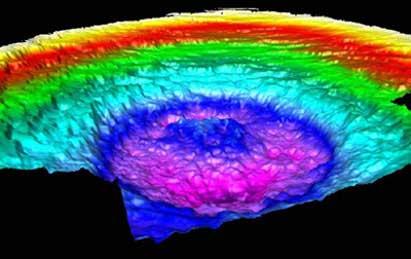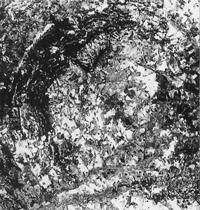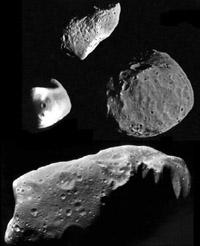Origin of the amazing crater of the North Sea
2002/08/02 Elhuyar Zientzia

In 1992, 140 km from the British coast looking for oil, geologists found a surprising crater in the North Sea. At 40 meters deep, the crater that sunk between 300 and 1,500 meters from the bottom of the sea had a width of 3 km and had a conical summit in the center. In addition, around the crater and at a distance of 2-10 km, concentric rings appeared.
In the Solar System there are structures similar to this one, produced by the collision of meteors or comets, such as the Europe of Jupiter and Calisto in the moons. However, on Earth it was not found until then, so the researchers have done numerous studies to rule out that it was not otherwise. Among others, in 1984 and 1993, the structure was perforated to obtain more data and the latest research has been based on the three-dimensional image system used in seismology.
Everything points out that the Silverpit crater, discovered in the North Sea, is due to the crash of a meteor, like the rest of the galaxy. Apparently, about 60-65 million years ago, a meteor of about 2,000 tons of weight and 120 m of diameter collided against the bottom of the sea. In this place there were stratified sedimentary rocks, some of which were chalk, which, being weaker, were fractured and slid towards the center. Thus came the rings of the area.

Gai honi buruzko eduki gehiago
Elhuyarrek garatutako teknologia






